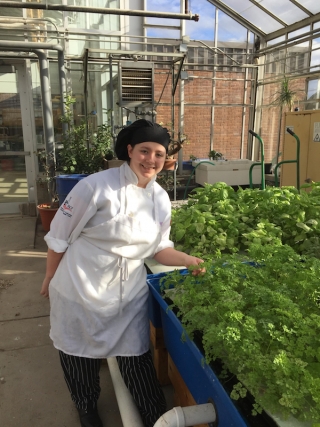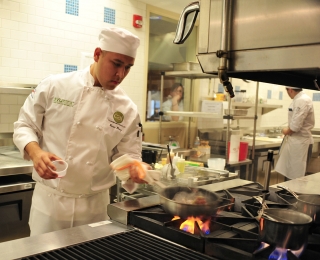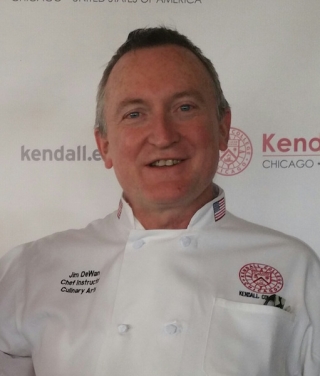
American Pie
Sunday, 03 January 2016 12:23New flavors and forms help drive demand for one of consumers’ favorite desserts in 2016. Yet when teaching pie-baking, according to Kendall College, the tried and true is key to success.

New flavors and forms help drive demand for one of consumers’ favorite desserts in 2016. Yet when teaching pie-baking, according to Kendall College, the tried and true is key to success.

Integrating environmental sustainability into every curriculum phase earned Kent Career Technical Center the Green Award.

Victor Hugo Perez won the prestigious Hans Bueschkens Young Chef Challenge in Quito, Ecuador. He now competes for the world title in Athens, Greece.

Fresh and nutritious fruit is available year round thanks to global transportation. Educators are teaching that seasons don’t dictate what’s in season.

Kendall College is inserting classic American cuisine instruction throughout its culinary program and dining spaces. Tuna-noodle casserole, anyone?